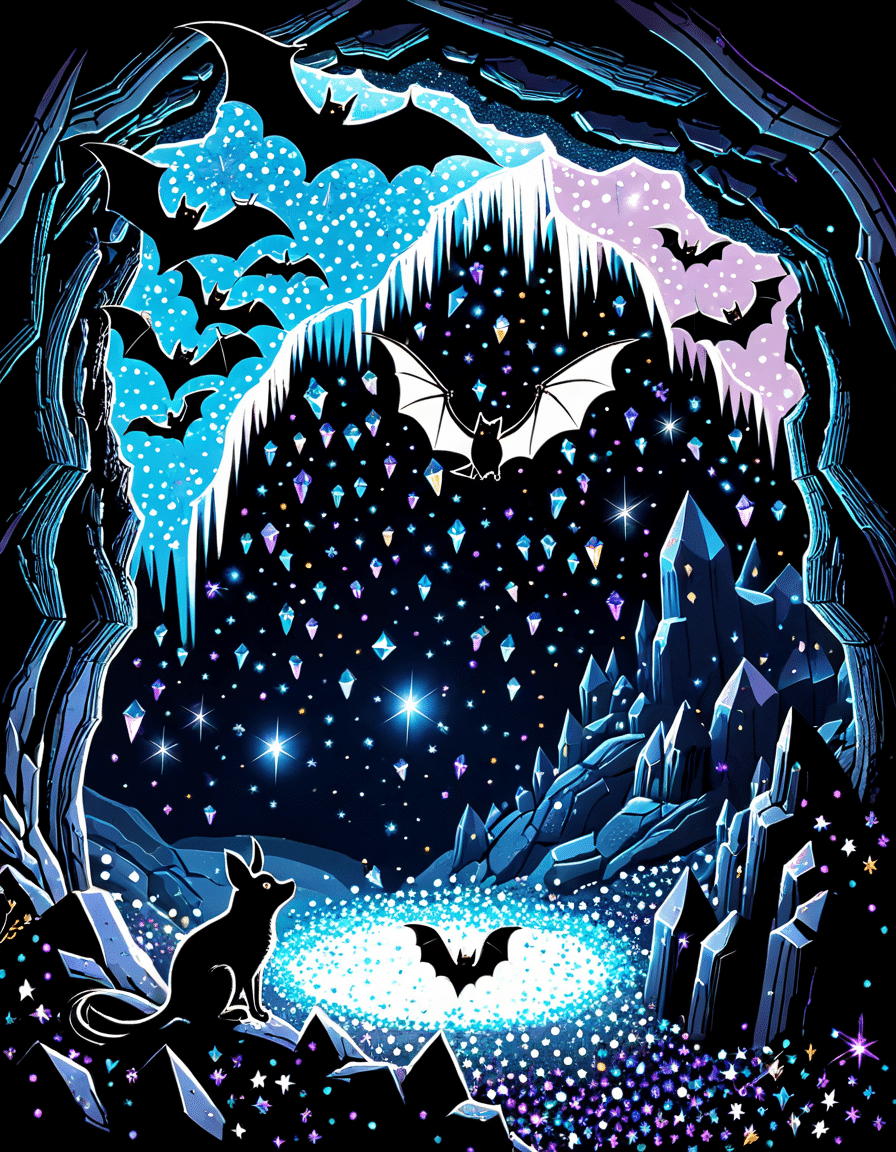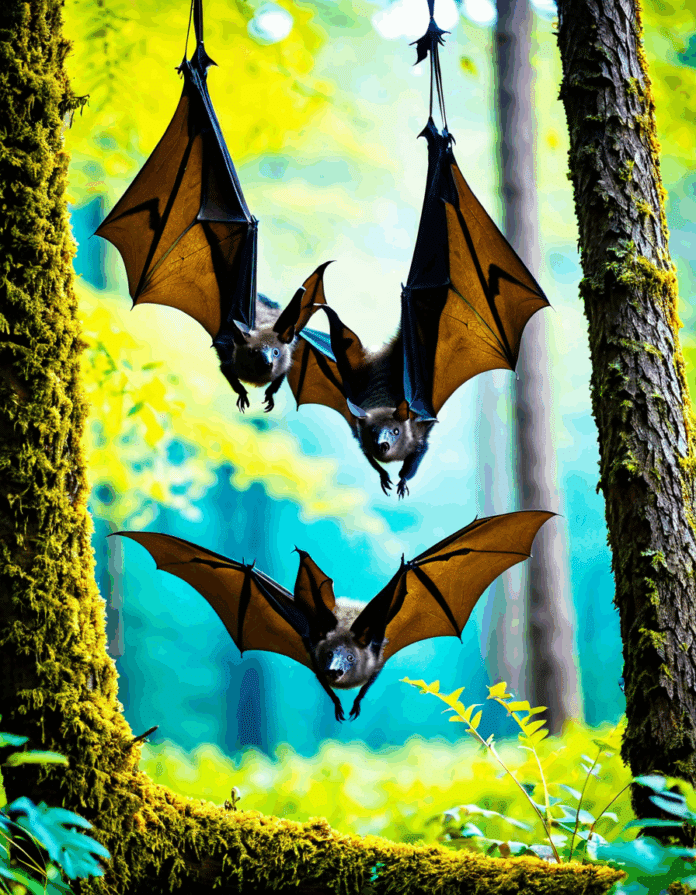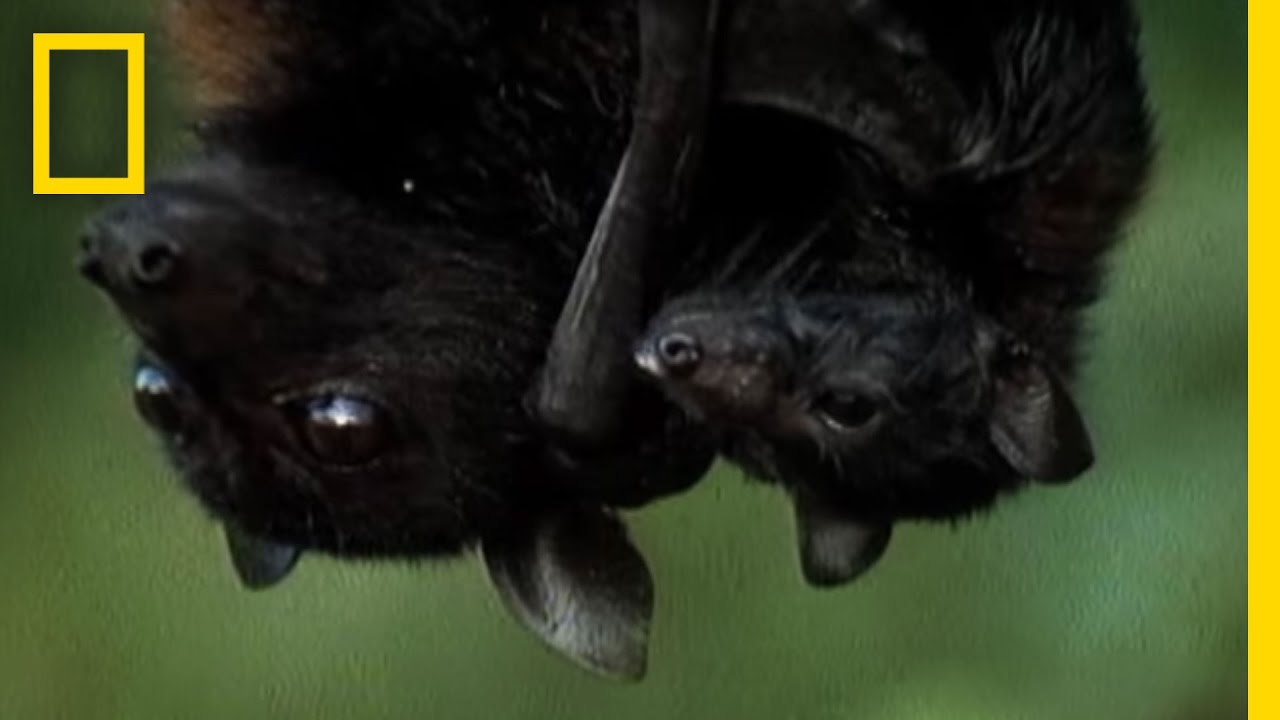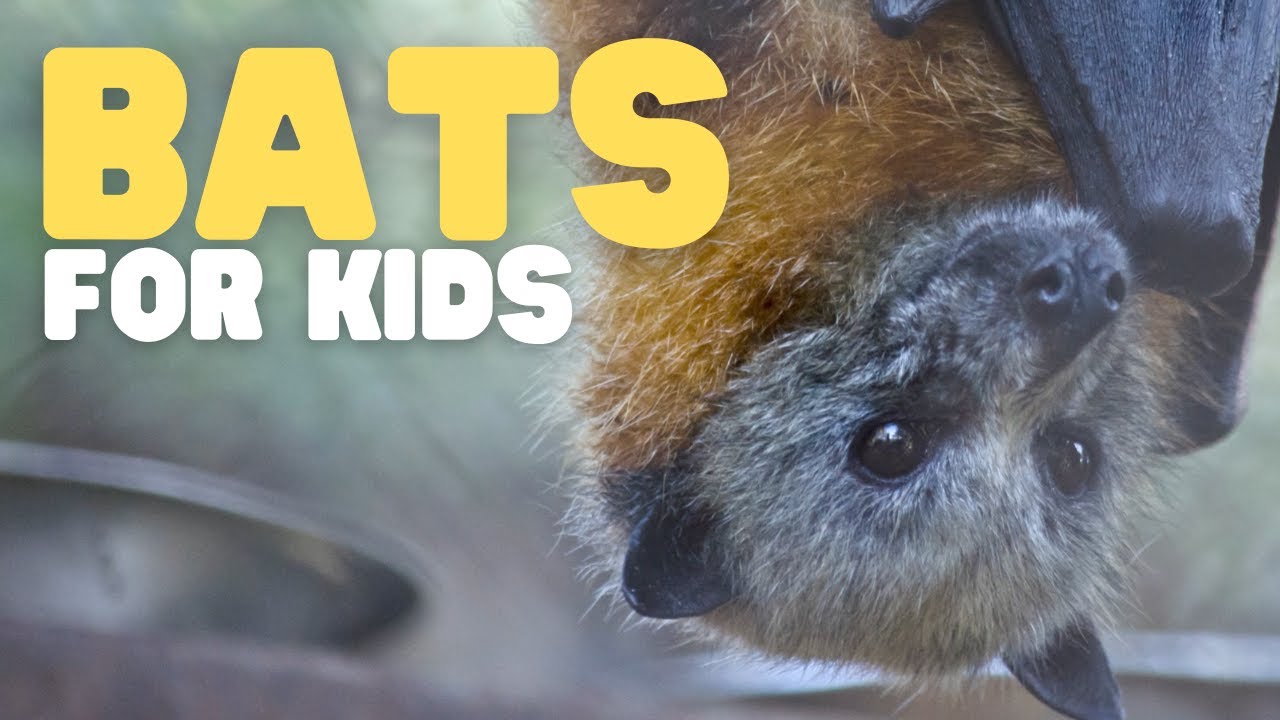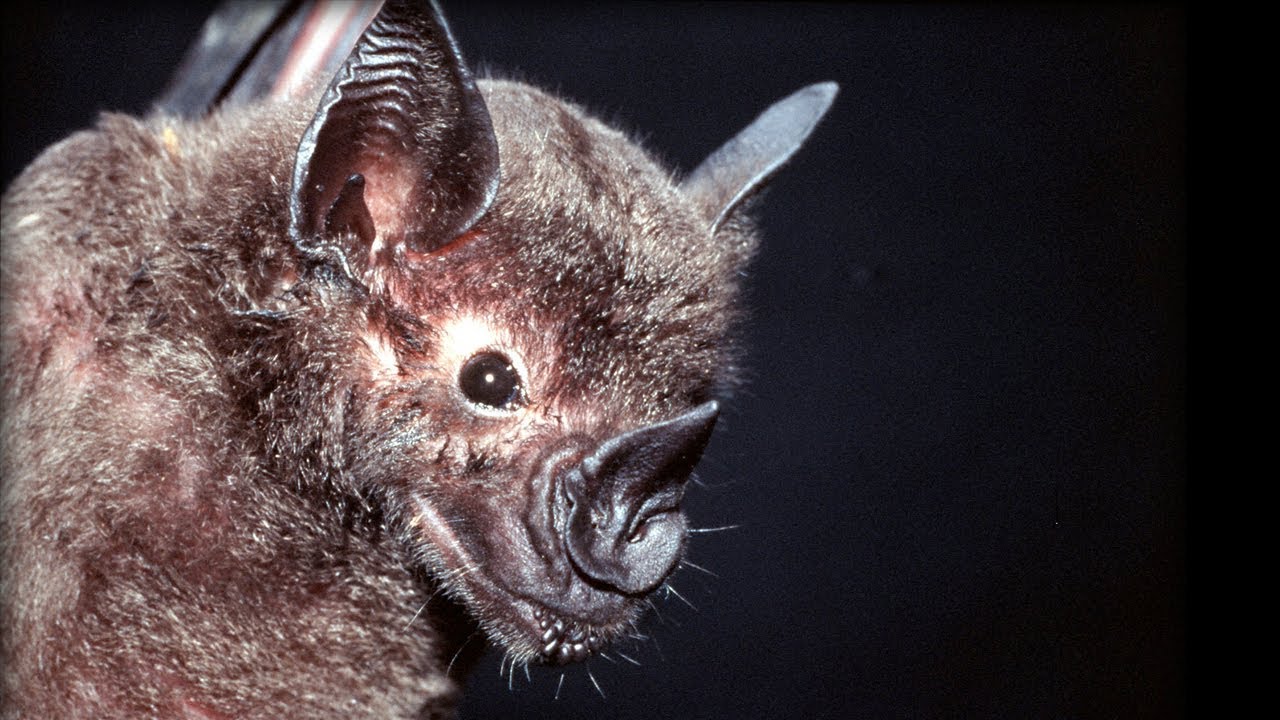Bats are often misunderstood creatures, feared by many yet crucial to the balance of our ecosystems. These fascinating mammals often get a bad rap, but once we peel back the layers, we see just how remarkable bats truly are. With over 1,400 species worldwide, they occupy a plethora of ecological roles that are not only fascinating but vital for our environment. Let’s dive into seven astounding facts about bats that might just change the way you think about these nocturnal wonders.
1. The Most Diverse Group of Mammals
Bats belong to the order Chiroptera, boasting an impressive variety with over 1,400 species. This makes them the second most diverse order of mammals after rodents. They’re a mixed bag, ranging from the tiny bumblebee bat to the massive flying fox. Take the little brown bat (Myotis lucifugus), for example. This adaptable species thrives in various habitats, playing a crucial role in pest control. You’d be surprised how much these critters contribute—think of them as nature’s own exterminators.

2. Mother Nature’s Pest Control Agents
Let’s get down to brass tacks: bats are incredible for pest control. Studies show that bats in the U.S. provide over $1 billion in pest control services each year! Sure, we love to reach for the spray can, but these flying mammals can consume up to 1,200 insects in a single night. That’s a whole lot of bug busting! Think about it: farmers can reduce their pesticide usage just by letting a few bats set up shop nearby. Who knew having bats around could be such a sweet deal?
3. The Pollinators of the Night
But wait, there’s more! Certain bat species aren’t just about batting the bugs; they are also pollinators. Yes, you heard that right. The lesser long-nosed bat (Leptonycteris yerbabuenae) is a key player in pollinating agave plants—yes, the ones that give us tequila! So, next time you sip on your margarita, raise a glass to these important little dudes that help keep your favorite drink flowing. They’re busy sipping nectar at night while we’re dreaming away.

4. Masters of Echolocation
One of the most impressive abilities bats possess is echolocation. This skill allows them to “see” in total darkness by sending out high-frequency sounds and interpreting the echoes. Some bats can distinguish between different insect types purely through echolocation. Imagine being able to tell a juicy moth from a pesky mosquito without switching on a light! The common pipistrelle (Pipistrellus pipistrellus) is a prime example of a bat that navigates and hunts like a pro using this technique.
5. Critical Contributors to Seed Dispersal
Bats also play a vital role in seed dispersal. Fruit bats, like the flying fox (Pteropus), consume fruits and thereafter disperse the seeds involved in massive areas. They’re critical for maintaining diverse forest ecosystems! This doesn’t just happen overnight. Their droppings can contain seeds of many different plant species, supporting new growth in reforestation efforts. So, when you see a thriving forest, thank a bat!
6. Vulnerability and Conservation Efforts
Despite their incredible contributions, bats face a bunch of threats like habitat loss and disease, particularly white-nose syndrome (WNS). Organizations like Bat Conservation International are stepping up to help. They’re involved in crucial research, habitat preservation, and creating bat-friendly environments. Ever heard of eco-friendly building designs that include bat roosts? Yeah, those are gaining traction, showcasing how we can coexist with these vital creatures. Let’s face it—conservation is a team sport!
7. Cultural Significance in Mythology and Folklore
Bats are more than a source of ecological benefit; they’ve also played a role in human culture and folklore. In Chinese culture, bats symbolize happiness and good fortune. Meanwhile, indigenous people of the Americas viewed bats as guardians of the underworld. These cultural narratives highlight how bats have inspired stories, art, and beliefs over thousands of years. They’re definitely more than just creatures of the night.
Embracing the Unsung Heroes
So, what’s the takeaway here? Bats are extraordinary creatures that contribute significantly to environmental health and human economies. By educating ourselves, we can develop a deeper appreciation for their multifaceted roles in our world. As a society grapples with biodiversity loss, the importance of these unsung heroes becomes glaringly clear.
Next time you’re out and about at dusk, hearing the flutter of wings overhead, remember that these remarkable mammals are hard at work supporting our ecosystem. Wave goodbye to misconceptions and celebrate the contributions of bats—nature’s little night owls! And before you know it, you’ll be shouting their praises, maybe even over a good movie night! Who knows, your next binge-watch might even feature bats—check out Ghostbusters 2020 for a humorous take on the supernatural where you might find a familiar flutter in the background!
Bats: Amazing Creatures You Should Know About
Bats in Action
Did you know that bats play a critical role in our ecosystem? These fascinating flying mammals help in pollinating plants and controlling insect populations. In fact, some bat species can consume up to 1,200 mosquitoes in a single hour! This makes them incredible allies during those warm nights when pesky bugs are most active, much like how fans eagerly await the latest news on the box office top 10 This week or the hype around films like It Chapter Two. Plus, many bats are crucial for growing crops—without them, farmers would face increased pest problems and lower yields!
Bizarre Bat Facts
One mind-blowing fact is that bats can live for decades. While many mammals might only see a few short years, some bats have been recorded living over 30 years! It’s a stark contrast to the fleeting enjoyment of things like gaming, like in the popular title Nintendo Switch sports. Plus, bats come in a variety of sizes; the tiny bumblebee bat is just about the size of a bumblebee, while the giant golden-crowned flying fox can have a wingspan of nearly six feet! It’s hard not to feel a little awed when you think about all the remarkable differences, like those we see in films ranging from Shang-chi to juggernaut.
Social Bats
Ever heard about the communal nature of bats? That’s right—many species live together in large colonies, creating a bustling social scene that helps with the survival of the group. It’s a real community effort, much like the cozy vibe of a fun roller rink in Skate city. Just as groups of friends might rally around a favorite film or a new show, bats can create bonds and work together to protect each other. Interestingly, bats are also known to have unique ways of communicating through echolocation, contributing to their teamwork. Whether we enjoy a romantic evening watching the latest season of the Golden Bachelorette or ponder on the intricacies of translation in the Greek To English world, there’s so much to consider about these extraordinary creatures that soar above our heads.
